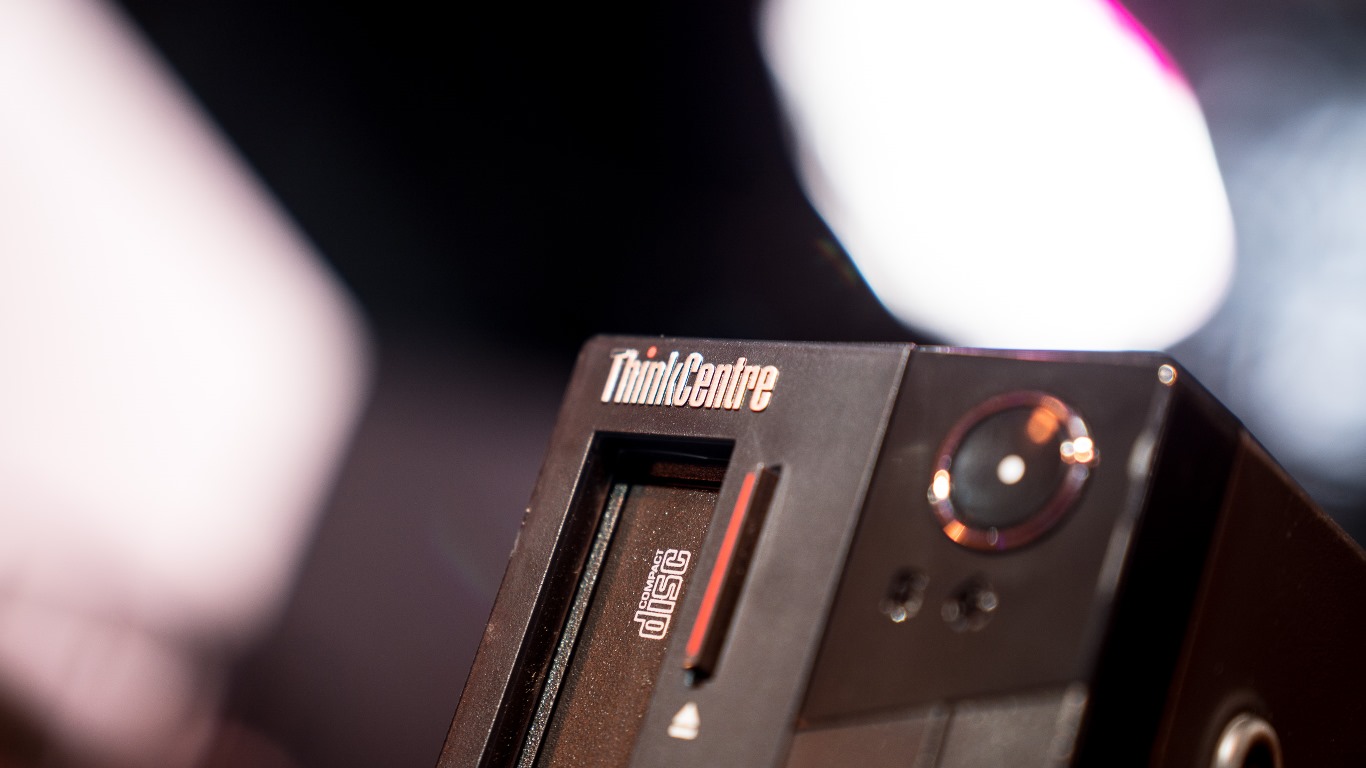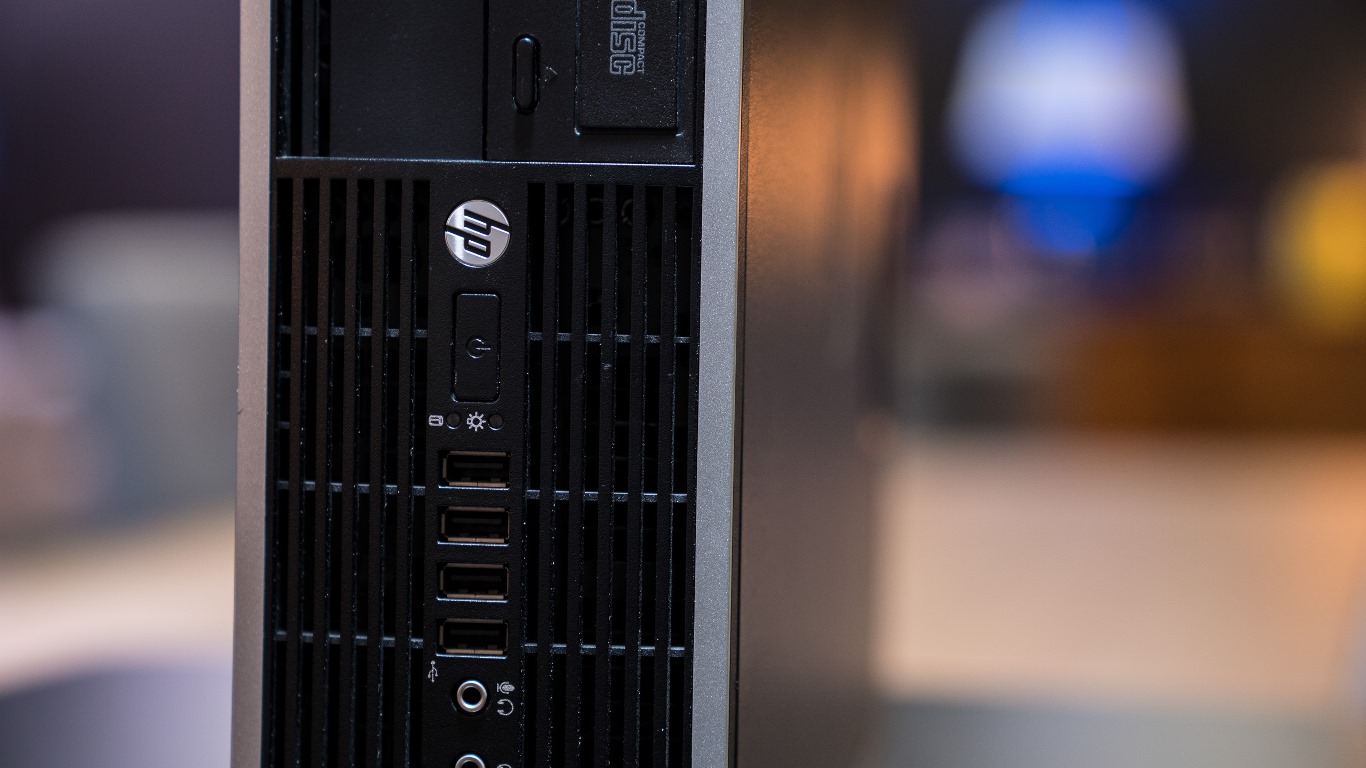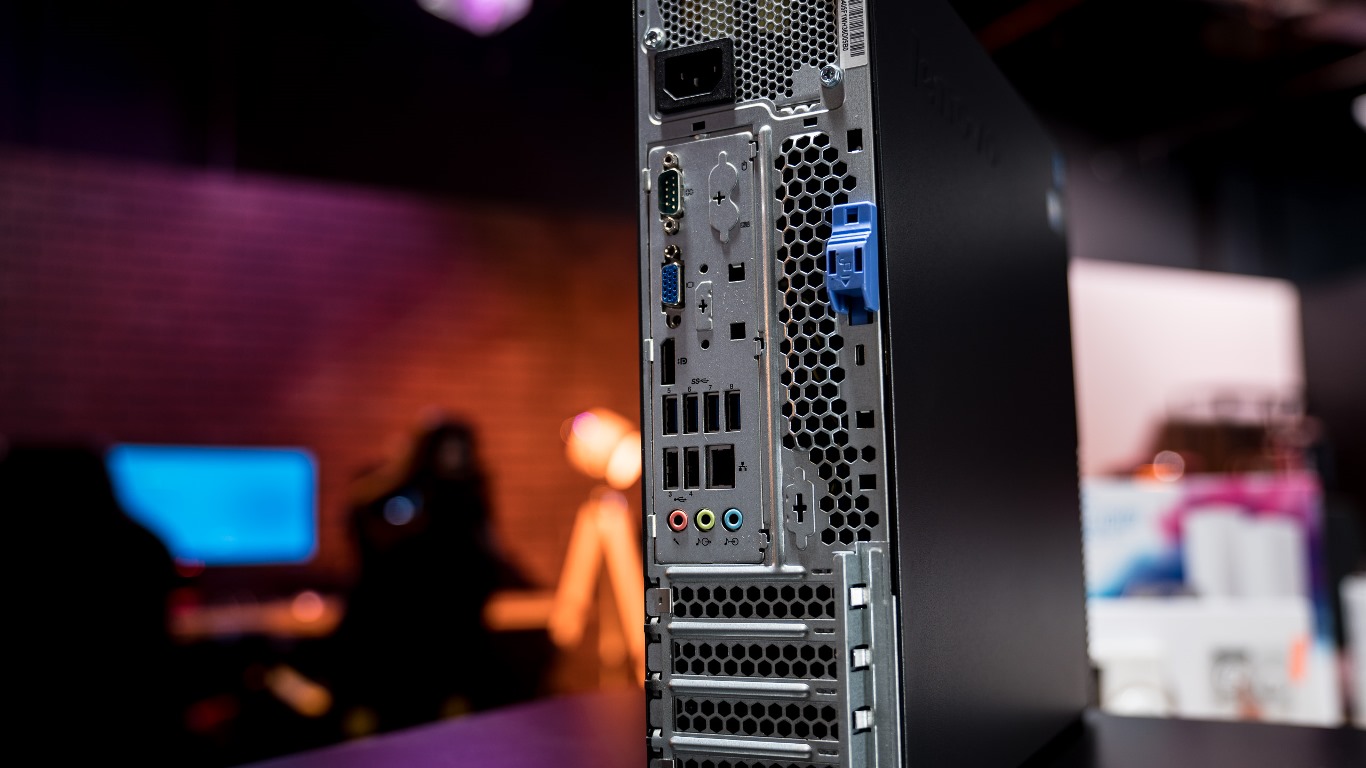

The life of an electronics fanatic is filled with a tormented sense of joy. The latest gadgets break out on the scene amidst a ton of hype, and for a short time, they are the exciting, mind-blowing apex of technology that marketing pitched. Everything in life is wonderful for a moment until the high comes crashing down when the inevitable newer and more advanced models are released shortly afterward.
This frustration makes it tough to stay on top of the latest trends without going broke (and mad), which is where refurbished electronics come to the table. Refurbishment offers the newest tech at reduced prices, making refurbished electronics a pathway for tech hobbyists to keep up with the latest offerings without breaking the bank. When buying refurbished PCs and other electronics, there is a lot of confusion and several big misconceptions to address.
What does “refurbished” mean?
 If you’re intrigued at the prospect of saving money and buying refurbished but aren’t clear on what that even means, then you’re not alone. It can sometimes be confusing to parse out what you’re getting with a refurb product. Still, as we’ll detail later, there are certain standards and grading systems that many electronics manufacturers and sellers adhere to when selling refurbished PCs and other devices.
If you’re intrigued at the prospect of saving money and buying refurbished but aren’t clear on what that even means, then you’re not alone. It can sometimes be confusing to parse out what you’re getting with a refurb product. Still, as we’ll detail later, there are certain standards and grading systems that many electronics manufacturers and sellers adhere to when selling refurbished PCs and other devices.
As for the actual meaning of refurbished, the term is generally used to denote a product that has been returned, inspected, repaired if necessary, and then resold. In the case of refurbished computers and mobile devices, the device also has its data wiped and is restored back to factory settings.
Why would anyone buy refurbished electronics?

Before even getting into the details about the different elements of refurbished electronics, it is worth diving into why someone would consider purchasing a refurb unit. Given the opportunity, with an unlimited budget, I have no doubt everyone would prefer to have the latest, brand-new tech as soon as it comes out each and every time.
However, most people can’t keep up with that lifestyle. Refurbished PCs and electronics are a much more affordable way to get reasonably new-to-market tech without having to pay full price. Most brand-new releases don’t have refurbished models available for a few months at least, but if you are willing to wait for a little while, you can save some serious cash and still snag the goods.
The misunderstood “refurbished” status
The common misconceptions about buying refurbished are that you are getting a used product, it is poor quality, any warranty doesn’t cover it, and you basically have a 50/50 chance it will be a dud. Do any of those sound familiar?
A couple of years ago, I had the same perception of refurbished electronics, and there wasn’t much information available on the contrary. The thought of buying a refurb product made me feel like someone else had their go at my gear before I did, and I didn’t like it.
That all changed when I was in the market for a sound bar to match my TV, but I didn’t want to fork out a ton of money (I did just buy a new TV, after all). I just wanted crisp, clean audio with decent power across the spectrum for simple home entertainment. After much deliberation, I took a chance at a refurbished sound bar, and I haven’t looked back. The unit arrived looking brand-new, without a fingerprint on it. Out-of-the-box performance was stellar, and I saved a fat chunk of change.
Since then, I have purchased a DSLR camera, a few camera lenses, a laptop, and a large Bluetooth speaker that have been refurbished, and every one of them has been perfect. The only thing I didn’t get from them was a gaping hole in my wallet.
So from personal experience, here is the truth about the myths surrounding refurbished products. When new products come off the line, they are rarely individually tested. They get packaged and sent out to be sold as quickly as possible. Sure, you have QA checks per batch and random sample inspections, but the potential chance for a dud is certainly present with any new electronic device.
When you purchase refurbished electronics, you are getting something that has been brought in-house, diagnosed, fixed, and tested—by a human. That extra assurance, knowing what you are purchasing has been double-checked by someone, gives me extra comfort making a purchase, especially the larger-scale ones.
What is MAR?
When it comes to buying refurbished PCs, there is quite a bit on the line. You want to ensure the product you are getting is legitimate, properly prepped, reliable, and just like new from an operational standpoint. MAR stands for Microsoft Authorized Refurbished, which is a title granted to refurbishers by Microsoft, guaranteeing the product’s legitimacy. There are only 16 MARs in the United States to date, which speaks to the stringency of the regulation.
To become certified as a MAR, products and refurbishers must adhere to a strict policy regarding the asset collection, data wiping, and loading of a valid version of the Microsoft OS onto a refurbished desktop or notebook before it is sold to the customer. Additionally, MAR products come with a Microsoft Certificate of Authenticity (C.O.A.) label slapped on the machine, letting you know you have a genuine product with the Microsoft name backing it up immediately. We had some hands-on time with MAR machines from Arrow Electronics in the past and found them to work as well as any new computer.
Class in session — Refurbished PC grades

One thing to pay close attention to when shopping for refurbished PCs (or other refurbished electronics when applicable) is the grades they are marked as. Grades range from A-C, and while it is more of a qualitative analysis that guides the classification of each, the most pristine start at “A-Grade” and the more heavily-worn end up as “C-Grade”.
The end goal for refurbished PCs is that they should all have the same high-functioning components and security, regardless of whether or not they have aesthetic blemishes. The grading scale might vary slightly based on the refurbisher or product category, but they will be similar to this scale based on the Newegg Knowledge Base’s refurbished guidelines.
| A-Grade | Units that are in “Like New” condition. Minimal to no scuffs to the body of the unit. No scratches, dents, or other cosmetic damage to the item. |
| B-Grade | Units that may have dents, chips, or scuffs on the body. The keyboard may be shiny or worn down, and hairline scratches or scuffs may be on the screen. |
| C-Grade | Units may have dents, cracks, chips, or scuffs on the body. The keyboard may be shiny or worn down, and there may be scratches or dark spots on the LCD screen. |
Other considerations when shopping refurb

Seeing a manufacturer refurbished item is almost an immediate buy because I know the same expertise behind product design will be used in repair and quality assurance. That means any damaged components are swapped with genuine replacement parts, and there is often a warranty to cover it. In my opinion, there isn’t a better choice if the quality is a concern since the brands that make products are (usually) willing to stand behind their quality.
Some of my refurbished electronic purchases came from third parties, which has been wonderful. Of course, there are always exceptions, and you’ll want to carefully investigate any third-party sources of refurbished products.
One thing you always need to check, regardless of the source of the product, is the warranty and return policy. Since this is often times different than the regular policies for new items, it is always best to check before purchasing so you don’t end up flat out of luck. If there isn’t a warranty on a refurbished product, I would be skeptical and do serious digging into the company that is selling it and the one doing the refurbishing. Quality companies stand behind their products and handiwork. It’s as simple as that.
Finally, another key concern when buying refurbished electronics is whether or not the device will work in your home country. Since different countries use different signal bands and voltages, verifying precisely how the device communicates and charges is crucial to ensure you aren’t caught unaware. This verification is especially relevant when purchasing refurbished items from 3rd party vendors that may repair technology worldwide.
Is buying refurbished electronics worth it?

Refurbishing is the way to go if you care about getting the best value. Getting high-quality products that (in most cases) look and perform just like new with a massive discount is a rush, making it easier to keep up with the latest technology.
If you want to be on the front lines and get the newest tech as soon as it is available, you won’t really be able to benefit from refurbished products. Also, if you can’t stand the idea of someone else laying hands on your treasured goodies before you, this is not a viable option. Another area where refurb might be less attractive is for gift items since you don’t want an item ending up not having the same warranty coverage and a recipient getting left out in the cold.
All in all, there is a great value to be had buying refurbished PCs and electronics if you do your homework and are willing to make some minor concessions. You’ll save money while still getting a solid product, so what’s not to like?
Check out these and other refurbished PCs on Newegg:
iBUYPOWER Gaming Desktop Intel Core i5 9th Gen 9400F 2.90GHz
Skytech PRISM II Gaming PC Desktop – AMD Ryzen 7 5800X 3.8GHz, RTX 3090

